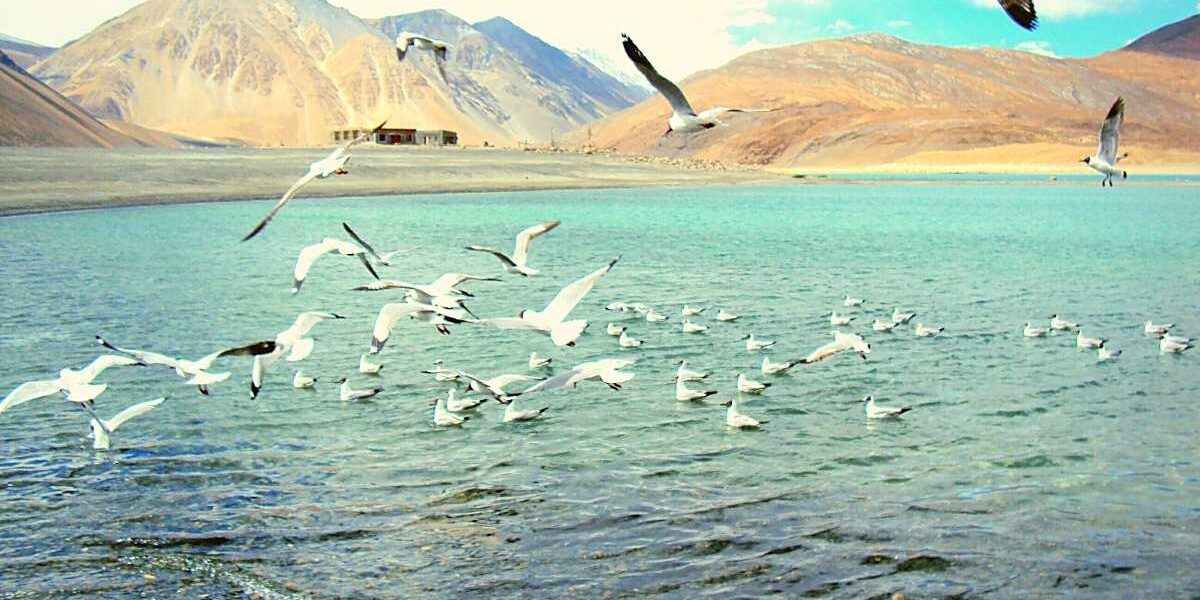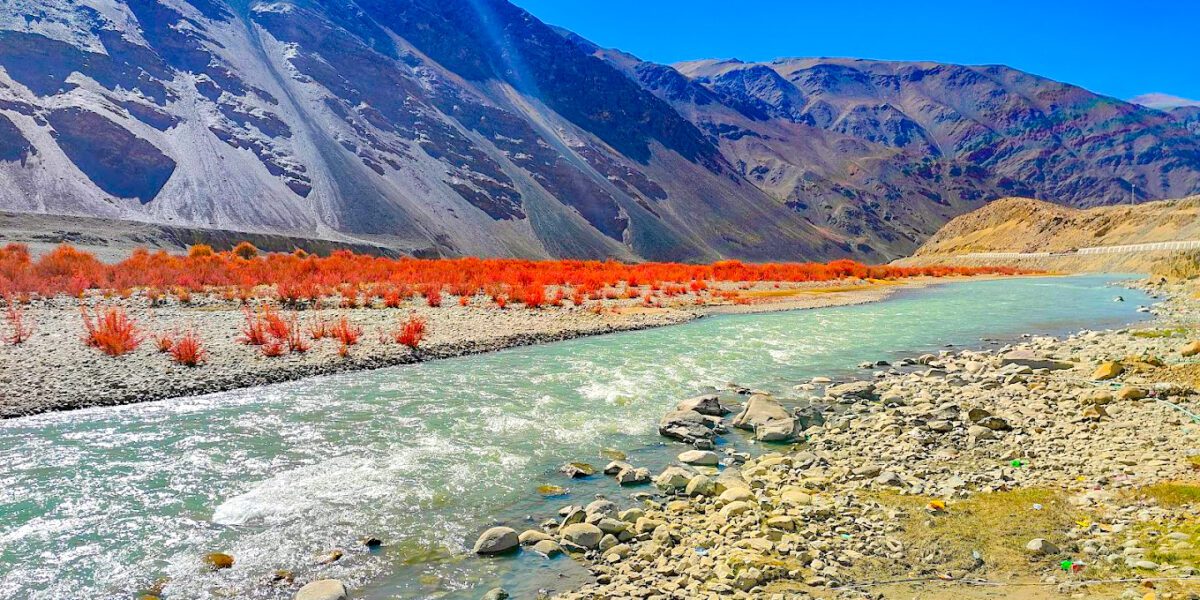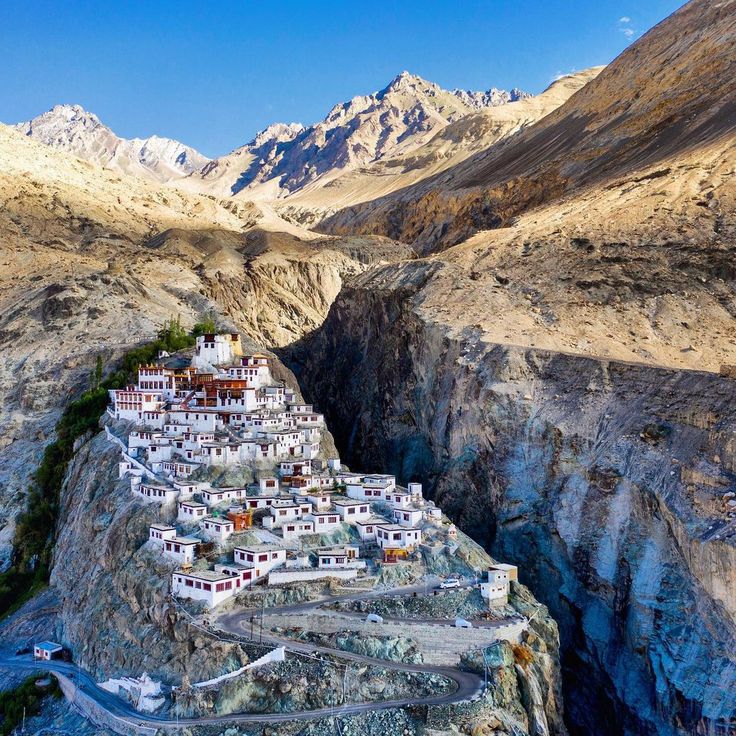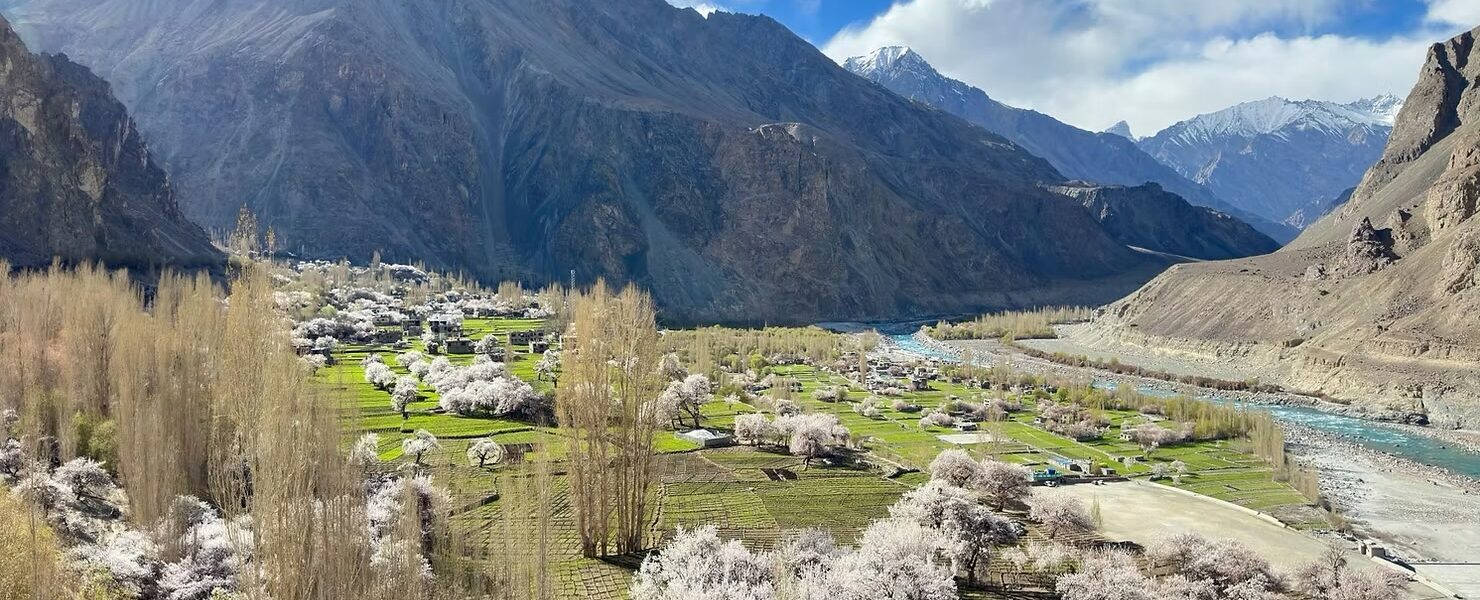Listening to the Wind: What Ladakh Teaches the Restless Traveler
Ladakh Travel Guide: Real Stories, Local Insights, and Hidden Wisdom
By Elena Marlowe
I. The Thin Air Between Worlds
Where geography becomes philosophy
To arrive in Ladakh is to arrive nowhere familiar. The plane dips between mountains that appear too vast for measure, too silent for names. The air thins, and with it, the noise of other lives falls away. In this thinning, the traveler begins to hear what was always beneath the surface — the hum of wind across rock, the faint rhythm of prayer wheels, the whisper of sand shifting along the Indus. Here, geography is not backdrop but conversation. It demands to be felt rather than conquered, inhaled rather than described. Each breath becomes an act of understanding, a recognition of fragility and endurance sharing the same thin air.
Ladakh teaches through absence — of trees, of rush, of certainty. In its apparent emptiness lies a geography of patience, where distance stretches perception and time widens to accommodate stillness. The mountains are not hostile; they are deliberate. They move only in geological time, yet they hold within them the echoes of migrations, trade, and prayer. Traveling here is not movement but participation — a slow entering into rhythm.
Those who come expecting adventure find something quieter: an invitation to listen, to breathe slower, to measure their inner landscape against the contours of this rarefied plateau. It is not escape that happens here, but clarity.
II. Roads Carved by Time
Following the Indus, tracing forgotten migrations
The road to Leh coils along the Indus, a river older than memory, carrying the sediment of civilizations and the shimmer of snowmelt. To travel beside it is to move through layers of time — past crumbling fortresses and ghostly stupas, past villages whose names dissolve into dust. The Indus has been many things: a witness, a path, a teacher. Its voice is low but insistent, murmuring of impermanence.
Travelers often speak of roads as leading somewhere, but in Ladakh, the road itself is the destination. It bends according to the mountain’s permission, and the driver’s patience is tested by switchbacks that seem to climb into clouds. Along the way, herds of yak graze on sparse tufts of grass, and children wave from rooftops made of sun-dried earth.
In this silence, a deeper continuity reveals itself — one that connects the caravans of the Silk Route to the pilgrims who still walk with faith instead of maps. Their faces mirror endurance, their gestures hospitality. The traveler realizes that Ladakh does not resist change; it absorbs it, like wind carving new patterns in sand. Each journey here is both repetition and renewal, a reminder that movement and stillness are not opposites but reflections of each other.

III. Villages on the Edge of Silence
Hospitality in thin air
In the villages perched between mountain and sky, doors remain unlatched. Guests are not expected but always welcomed. Inside, a stove burns with yak dung, and butter tea steams in small cups. Conversation is measured, not in speed, but in sincerity.
Here, hospitality is not a transaction — it is a worldview. Families who have little to spare still share everything. Meals are eaten together, and silence is a comfortable companion. A visitor soon understands that generosity in Ladakh is not born of wealth but of gratitude. Survival here has always depended on interdependence; to give is to remain part of the living circle.
Each morning, farmers lead their donkeys to narrow terraces. They speak softly to the land, to the sky, to each other. The air, though thin, carries laughter that rings pure. Nights fall early, and the stars emerge in fierce abundance, undimmed by electricity or haste. It is in such darkness that the traveler learns to see differently — not by light, but by presence.
The simplicity of these lives is deceptive; it contains sophistication of balance. What is needed is taken, what is offered is cherished, and what is forgotten is forgiven.
IV. Conversations with Mountains
Stillness as a teacher
There are moments in Ladakh when even thought seems too loud. The traveler sits beside a glacial lake, its surface mirroring an impossible sky. The mountains stand like silent teachers, asking nothing, revealing everything.
Stillness here is not emptiness; it is concentration. To sit within it is to feel the slow pulse of the earth beneath. The wind carries no message but insists on attention. Every sound — a crow’s call, a pebble shifting — becomes instruction.
In this vastness, one begins to unlearn the habit of filling silence with words. What remains is the awareness that the self, too, is part of the landscape — weathered, impermanent, and alive.
The monasteries echo this lesson. Within their walls, monks chant not for audience but for alignment. The traveler listens, realizing that the rhythm of the chant matches the rhythm of breath. The boundary between sacred and ordinary dissolves, and meditation happens without effort.
Stillness, in Ladakh, is a form of generosity. It gives back to the traveler what the world elsewhere demands to be spent — attention, patience, humility.

V. When the Sky Turns to Story
Festival, dance, and the communal memory
In summer, color returns. Flags flicker like flame against cobalt skies, and the courtyards of monasteries fill with the echo of drums. The festival begins not as performance but as remembrance. Each mask, each gesture, is a retelling of cosmic order — the victory of compassion over ignorance, the dance between life and decay.
Visitors watch in awe, cameras ready, but the real magic lies in the unspoken. The dancers do not perform for the crowd; they embody what cannot be said. It is the mountain expressing itself through human form. The laughter of children, the murmur of elders, the rhythm of cymbals — all become one continuous heartbeat.
Later, when the courtyard empties and the masks are lifted, faces beneath reveal exhaustion and joy in equal measure. The traveler sees in those eyes the weight of tradition carried with grace. In Ladakh, ritual is not repetition — it is renewal. Each festival reminds the community that even the divine must breathe, must rest, must return.
The sky at dusk turns to copper, and prayer flags ripple their own stories into the fading light. The traveler, now part of that story, feels the wind writing her into its pages.
VI. The Light That Remembers
Leaving without leaving
Departure from Ladakh feels unreal, as though the body moves while the spirit lingers among peaks. Airports are liminal spaces — too modern for mountains, too fragile for farewell. Yet even in flight, the plateau remains within, whispering its lessons.
What Ladakh offers cannot be packed. It is not a souvenir but a state of seeing. It teaches that beauty is not spectacle, but endurance. That wisdom is not instruction, but attention.
The traveler leaves with slower footsteps, softer speech, and an inner geography rearranged. The altitude has changed more than lungs; it has refined perception.
In the end, travel here becomes less about discovery and more about memory — not what is remembered of the place, but what the place remembers of you.
“In Ladakh, you do not find what you came for — you find what remains when everything else is gone.”
FAQ
What is the best time to visit Ladakh?
The best time is from late May to September, when the roads are open and the high passes accessible. The weather is clear, though nights remain cold. Each season offers a different tone of light, from apricot blossoms in May to golden harvests in autumn.
Do travelers need a permit for certain regions?
Yes, foreign travelers need an Inner Line Permit for restricted areas like Nubra, Pangong, or Hanle. It can be arranged easily through local travel operators in Leh or online in advance.
Is Ladakh safe for solo travelers?
Yes, Ladakh is considered very safe, even for women traveling alone. The people are hospitable, and crime is minimal. The only real caution is altitude — always allow days to acclimatize.
What should travelers pack for Ladakh?
Pack layers of warm clothing, sunscreen, reusable water bottles, altitude medication if needed, and respect for silence. Electricity and ATMs may be limited in remote areas.
Can visitors experience local culture respectfully?
Yes — by slowing down, asking before photographing, and participating in small community stays. Sharing time over butter tea teaches more than any guidebook can.

Conclusion
To journey through Ladakh is to cross more than mountains — it is to move between ways of being. It invites surrender instead of conquest, observation instead of assumption. The stories here are not told in words but in wind, water, and silence.
The traveler who listens leaves changed — lighter, humbler, more awake to the world’s quieter truths.
Closing Note
In the thin air of Ladakh, wisdom breathes without needing to speak. The landscape becomes scripture, and every traveler, a listener. Some places we visit fade with time. Others, like Ladakh, remain — not as memory, but as mirror.
a storytelling collective exploring the silence, culture, and resilience of Himalayan life.
Her work reflects a dialogue between inner landscapes and the high-altitude world of Ladakh.

